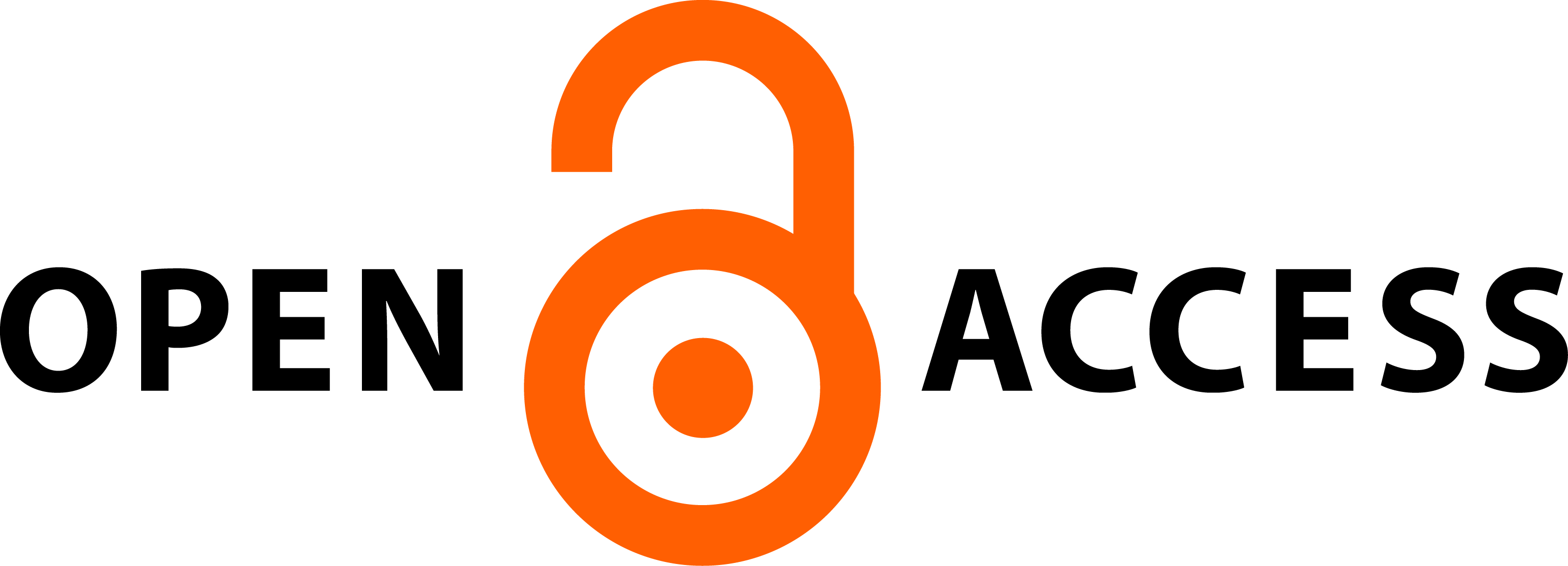A LÁTHATÓ NYELV ZENTÁN
Absztrakt
A megismerés folyamatának egyik fontos eszköze a nyelv, közege pedig az a tér, melyben élünk. A hangzó beszéd mellett a térben elhelyezett feliratok, táblák – különösen többnyelvűségi helyzetben – sok információt adnak egy-egy közösség nyelvi viselkedéséről és attitűdjeiről. A nyelvi tájkép kutatása az utóbbi két évtizedben a nyelvészet egyik legnépszerűbb területévé́ vált, hiszen közelebb vihet a vizsgált beszélőközösségnek a nyelvekhez való viszonyulásához, a nyelv és a valóság viszonyrendszerének feltérképezéséhez. Kutatásomban egy vajdasági kisváros, Zenta nyelvi tájképét mutatom be, hiszen Vajdaság etnikai és nyelvi sokszínűségéből adódóan igen hálás terepe lehet a nyelvi tájkép elemzésének. Felmérésem 2021 októberében készült, melynek során a településen mintegy ezer fényképet készítettem, majd kategorizáltam. Kutatásomban az országos szinten többségi szerb és a helyi szinten többségi magyar nyelv kapcsolatrendszerére fókuszálok, s e két nyelv funkcionális, illetve presztízsbeli viszonyára, valamint etnolingvisztikai vitalitására nézve kísérlek meg következtetéseket levonni.
Hivatkozások
Bagna, Carla – Bellinzona, Martina. 2021. Linguistic landascape e dialetti italo-romanzi: usi ruoli e atteggiamenti. In La presenza dei dialetti italo-romanzi nel paesaggio linguistico Ricerche e riflessioni, szerk. Bernini, G. – Guerini, F. – Iannàccaro, G. Bergamo: University Press.
Barni, Monica – Bagna, Carla. 2010. Linguistic Landscape and Language Vitality. In Linguistic landscape in the city, szerk. Shohamy, E. – Ben-Rafael – M. Barni. 3–18. Clevedon: Multilingual Matters.
Bartha Csilla – Laihonen, Petteri – Szabó Tamás Péter. 2013. Nyelvi tájkép kisebbségben és többségben. Pro Minoritate 22 (3): 13–28.
Ben-Rafael, Eliezer – Shohamy, Elena – Amara, Muhammad – Trumper-Hecht, Nira. 2006. Linguistic landscape as symbolic construction of the public space: The case of Israel. International Journal of Multilingualism 3 (1): 14.
Benő A. 2018. Névtáblák, ideológiák, szimbolikus jelentések. In Nyelvi tájkép, nyelvi sokszínűség: Nyelvhasználat, nyelvi tájkép és gazdasági élet, szerk. Tódor E. – Tankó E. – Dégi Zs. 43–54. Kolozsvár: Scientia.
Blommaert, Jan. 2008. Grassroots Literacy. Writing, Identity and Voice in Central Africa. DOI:10.4324/9780203895481
Blommaert, Jan. 2012. Chronicles of complexity: Ethnography, superdiversity and linguistic landscapes. Tilburg: Tilburg University.
Borbély Alexandra. Milyen lehet egyvalamilyennek lenni: TedX előadás. Elhangzott 2018. nov. 30-án. https://www.youtube.com/watch?v=Wo3HP1jwuIU (2023. jan. 3.)
Borbély Anna szerk. 2020. Nemzetiségi nyelvi tájkép Magyarországon. Budapest: Nyelvtudományi Intézet. http://www.nytud.hu/publ/nemzetisegi_nyelvi_tajkep/ nemzetisegi_nyelvi_tajkep.pdf (2022. dec. 20.)
Cenoz, Jasone – Gorter, Durk. 2006. Linguistic landscape and minority languages. In Cenoz, J. and Gorter, D. Linguistic landscape and minority languages. DOI:10.1080/14790710608668386 Clevedon: Multilingual Matters.
Corbeil, Jan-Claude. 1980. L’aménagement linguistique du Québec. Montreal: Guérin.
D’Agostino, Mari. 1996. Spazio, Città, Lingue. Ragionando su Palermo. RID Lingue dialetti società (20): 35–87. DOI: 10.1080/23247797.2021.2014029
Ehala, Martin. 2010. Refining the notion of ethnolinguistic vitality. International Journal of Multilingualism 7 (4): 363–378.
Gorter, Durk. 2006. Further Possibilities for Linguistic Landscape Research. In D. Gorter szerk. Linguistic Landscape (A New Approach to Multilingualism) 83. Clevedon: Multilingual Matters.
Gorter, Durk. 2017. A nyelvi tájkép tanulmányozása: Bevezetés a tudományterületbe. Regio (3): 31–49.
Gorter, Durk. 2019. Methods and Techniques for Linguistic Landscape Research: About Definitions, Core Issues and Technological Innovations. Pütz, Martin – Neele, Mundt. Expanding the linguistic landscape. 41–42. Bristol: Multilingual Matters.
Gorter, Durk – Aiestaran, Jokin – Cenoz, Jasone. 2012. The revitalization of Basque and the linguistic landscape of Donostia-San Sebastián. DOI:10.1057/9780230360235_9
Gorter, Durk – Cenoz, Jasone – Van der Worp, Karin. 2021. The linguistic landscape as a resource for language learning and raising language awareness. Journal of Spanish Language Teaching 8 (2): 161–181.
Heller, Monica. 2003. Globalization, the new economy and the commodification of language. Journal of Sociolinguistics 7 (4): 473–492.
Hult, Francis M. 2014. Drive-thru linguistic landscaping: Constructing a linguistically dominant place in a bilingual space. DOI: 10.1177/1367006913484206 International Journal of Multilingualism, 2006, 3.
Katona H. T. 2016. Nyelvi attitűd és jogismeret erdélyi magyar közösségekben: Szociolingvisztikai vizsgálat. Sepsiszentgyörgy: Anyanyelvápolók Erdélyi Szövetsége.
Laihonen, P. 2012. Nyelvi tájkép egy csallóközi és egy mátyusföldi faluban. Fórum Társadalomtudományi Szemle 14 (3): 27–49.
Landry, Rodrigue – Bourhis, Richard Y. 1997. Linguistic landscape and ethnolinguistic vitality: 25. https://doi.org/10.1177/0261927X970161002
Lanstyák István. 2009. Nyelvi ideológiák és filozófiák. Fórum Társadalomtudományi Szemle 11 (1): 27–44.
Lengyel Zsolt. 2004. Az írott nyelv mint az elsajátítás tárgya. Magyar Nyelvőr (128): 94–103.
Lulić Emil. 2013. Újvidék sétálóutcájának nyelvi tájképe: Változó világ – változó közösségek a Kárpát-medencében. 180–186. Budapest: Balassi.
Reh, Mechthild. 2004. Multilingual writing: A reader-oriented typology – with examples from Lira Municipality (Uganda). DOI: 10.1515/ijsl.2004.2004.170.1
Rosenbaum, Y. – Nadel, E. – Cooper, R. L. – Fishman, J. 1977. English on Keren Kayemet Street. In Fishman, J. A. – Cooper R. L. – Conrad, A. W. The Spread of English. Rowley: Newbury House.
Sassen, Saskia. 2005. The Global City: Introducing a Concept. Brown Journal of World Affairs 12 (2): 27–43.
Spolsky, Bernard – Cooper, Robert L. 1991. The Languages of Jerusalem. 81–84. Oxford: Clarendon Press.
Szabó Tamás Péter. 2017. Keresztény iskolai nyelvi tájkép. Regio 25 (3): 83–112.
Szabó Tamás Péter – Troyer, Rob. 2017. Inclusive ethnographies: Beyond the binaries of observer and observed in linguistic landscape studies. Linguistic Landscape 3 (3): 306–326.
Tódor Erika – Tankó Enikő – Dégi Zsuzsanna szerk. 2018. Nyelvi tájkép, nyelvi sokszí- nűség. Kolozsvár: Scientia.
Trumper-Hecht, Nira. 2009. Constructing national identity in mixed cities in Israel: Arabic on signs in the public space of upper Nazareth. In Shohamy, E. – Gorter,
D. Linguistic Landscape: Expanding the Scenery. 238–252. London: Routledge.
Tulp, Stella. 1978. Reklame en tweetaligheid: Een onderzoek naar de geographischeverspreiding van franstalige en nederlandstalige affiches in Brussel. Taal en Sociale Integratie (1): 261–288.
Verdoodt, Albert. 1973. La protection des droits de l’homme dans les États plurilingues. F. Paris: Nathan.
Vertovec, Steven. 2007. Super-diversity and its Implications. Ethnic and Racial Studies 30 (6): 1024–1054.








